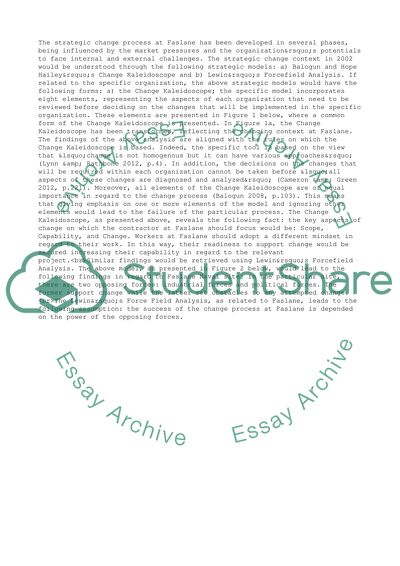Cite this document
(Managing Change at Faslane Case Study Example | Topics and Well Written Essays - 2750 words, n.d.)
Managing Change at Faslane Case Study Example | Topics and Well Written Essays - 2750 words. Retrieved from https://studentshare.org/management/1475495-mn6005-strategy-choices-and-impact
Managing Change at Faslane Case Study Example | Topics and Well Written Essays - 2750 words. Retrieved from https://studentshare.org/management/1475495-mn6005-strategy-choices-and-impact
(Managing Change at Faslane Case Study Example | Topics and Well Written Essays - 2750 Words)
Managing Change at Faslane Case Study Example | Topics and Well Written Essays - 2750 Words. https://studentshare.org/management/1475495-mn6005-strategy-choices-and-impact.
Managing Change at Faslane Case Study Example | Topics and Well Written Essays - 2750 Words. https://studentshare.org/management/1475495-mn6005-strategy-choices-and-impact.
“Managing Change at Faslane Case Study Example | Topics and Well Written Essays - 2750 Words”, n.d. https://studentshare.org/management/1475495-mn6005-strategy-choices-and-impact.


